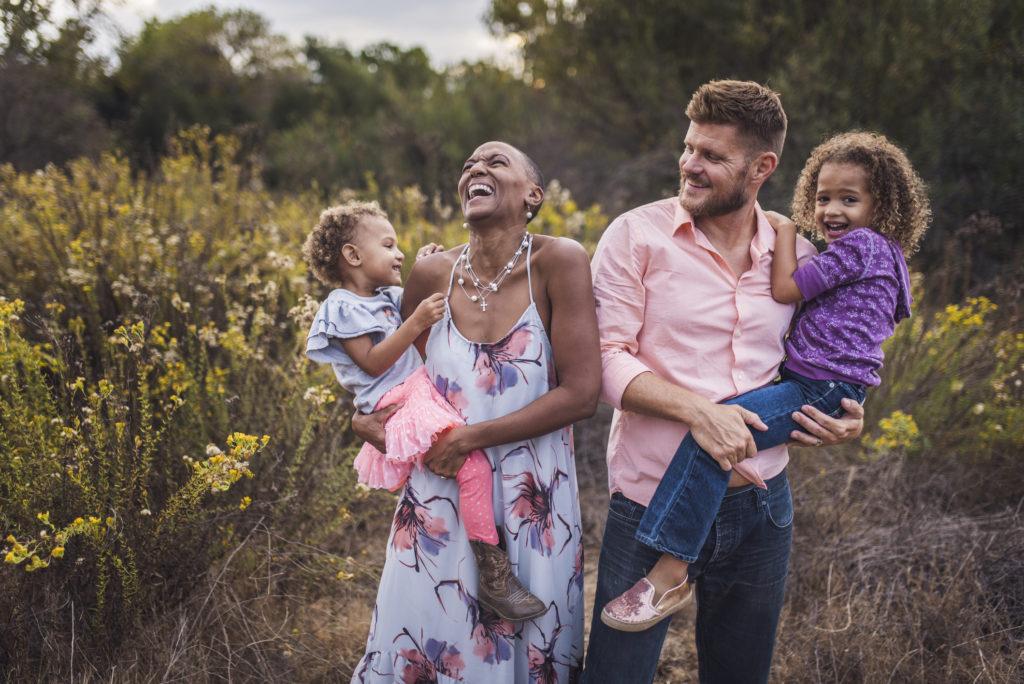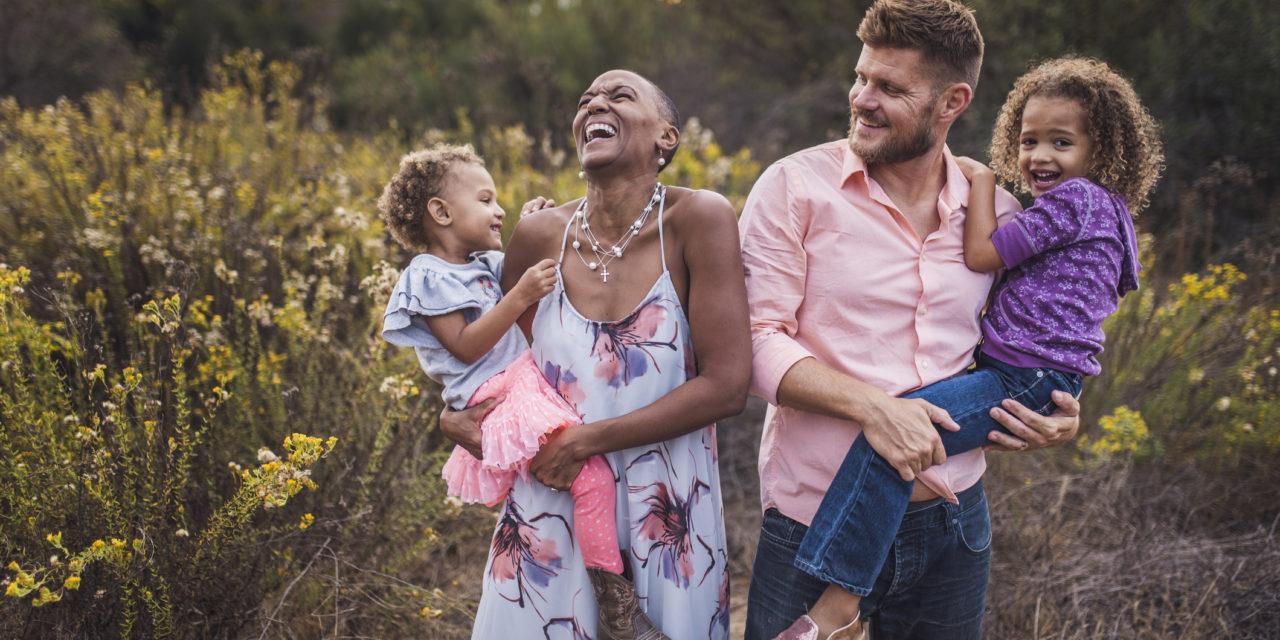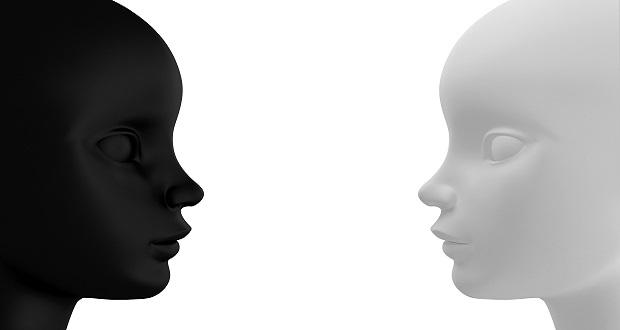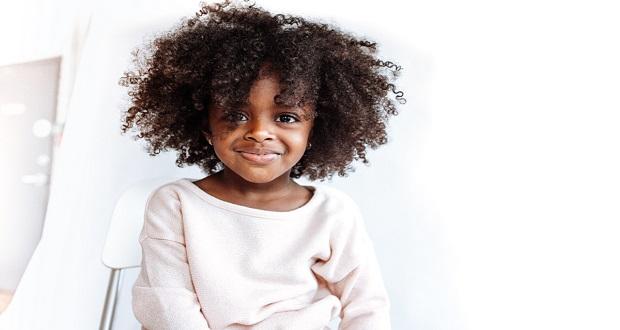
I recently binged a few episodes of Tracee Ellis Ross’ show Mixed-ish. It’s a story of how Tracee’s character grew up as a biracial child. The show brought back a lot of memories for me. I am a biracial American. My mother is Ukrainian, and my father is Nigerian. Growing up split between two worlds was difficult. I wish I could say that it got easier. I think the challenges change, but the question always remains: Which side are you going to choose?
Biracial children face many challenges on this journey as they grow up. Tracee Ellis Ross’ character starts out in middle school. Middle school is challenging for everyone, and adding the component of ‘race and ethnicity’ only compounds the difficulties. There are a few topics that continually come up as a biracial American, and it is important for people to realize these things when learning about a person’s background.
Invalidation and Racial Devaluation
There were many instances when someone reminded me that I was not quite a full member of either group. Growing up in a predominantly white area and being one of the fewer than five Black kids in my school, I was never assumed to be mixed. I was just Black. If I was recognized as mixed, it was termed as mulatto. Mulatto is a term I quickly learned to hate. Back when I was growing up, standardized tests and applications only allowed me to select one box for race. However, selecting one box for race denied the existence of one loving parent—one entire aspect of my identity. Why does society get to just assume that I am one race? Dr. Astrea Greig describes this as a common stressor when a person is not allowed to self-identify as multiracial.
Selecting one box for race denies the existence of one loving parent—one entire aspect of my identity. Click To TweetAs I grew up and attended college, I was exposed to more African American kids. I quickly found out that I was not a full member of that group either. It didn’t matter that I had degrees in African American and African studies. It did not matter that I was a part of a Black sorority. It did not matter that I did everything I could to immerse myself in Black culture. There were microaggressions that reminded me that I was “mixed.” Never being quite “Black enough” for some in the community is a pervasive gut–punch to self-esteem. Dr. Astrea Greig describes this in her article as the “invalidation of one’s racial identity, exclusion and isolation, objectification, assumption that multiracial people are monoracial, denial of multiracial reality, and pathologizing of multiracial identity (Johnston & Nadal, 2010).”
I was also not fully accepted into the African community. I am half-Nigerian, but I was born here in America. Being among African kids in college and in the community, I did not share the same traditions, language, and emigration as these individuals, which made me an outsider to this group as well. To those kids, I was an American and I could not possibly understand the experiences of African kids in America. There has not been a lot of discussion in society about this dynamic, but it adds another layer of complexity for some multiracial people.
Exoticism
Another thing that biracial children and adults have experienced is being objectified as exotic. This happened to me more as a child than it has as an adult. People are so intrigued by the mere existence of a bi- or multiracial individual that they will make comments about how beautiful their children are, or will make a game of trying to guess the mixture of a person’s background. They’ll make comments like “I think Black and Asian couples make the prettiest babies.” I even once had a person tell me that I was such a beautiful “creature.” The perceived exoticism of multiracial individuals is not a compliment. It’s offensive. It’s dehumanizing. It is once again a reminder that the person is not fully a member of any group.
The perceived exoticism of multiracial individuals is not a compliment. It’s offensive. It’s dehumanizing. It is once again a reminder that the person is not fully a member of any group. Click To TweetPart of the American story is its unique blend in the tapestry of race and ethnicity. It impacts and enriches food, music, style, history, families, and society. Today there are more multiracial children than ever before. It is becoming more “normal” for a child to be seen and recognized as multiracial. In 1970, only 1% of the population was multiracial; in 2013 that number has risen to 10%. I hope that this will make it easier for these children to be more accepted and welcomed within their racial groups. I hope it will make it easier for blended families and interracial partnerships and support healthy racial identity development among multiracial people. According to the Pew Research Center, 26% of us say race is not a critical part of our identity, while a full 60% of multiracial adults are proud of their racial background—a group I am certainly among.
I am glad that we have television shows like Black-ish, Mixed-ish, Grown-ish, and others today. They bring perspective, camaraderie, pride, and enlightenment to the experiences of many multiracial people. It shows us that things are changing slowly in America. It provides a narrative to the experiences that many multiracial and biracial people have. A narrative that for so long has been missing from the dialogue. It is a narrative that I hope will someday destroy the tendency for society to demand that we pick a side.



















